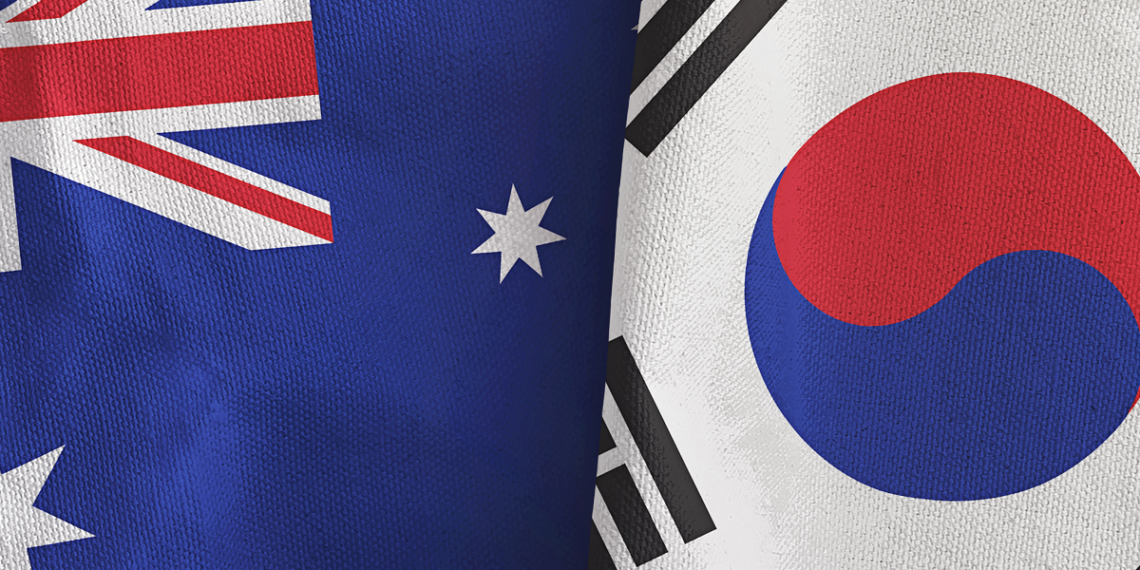Harnessing critical minerals supply chains is a key focus for the mining industry today, as well as for the transition to clean energy. What are you seeing in Australia in this industry?
There is a growing recognition by the Australian federal and state governments that Australia should move away from a dig-and-ship mentality that prevails in its resources sector. Australia possesses significant reserves of critical minerals used to make lithium-ion and vanadium redox flow battery cells, and permanent magnets, and this represents an opportunity to move down the value chain and establish metallurgical and chemical processing industries that exploit Australia’s excellent R&D DNA and create opportunities for upskilled labour while establishing new supply chains with higher local margin capture.
How active is the Australian government in boosting the growth of the critical minerals industry?
There have been meaningful grants and incentives offered under the federal government’s AU$1.3B Modern Manufacturing Initiative administered by the Critical Minerals Facilitation Office, which supports the development of resources, downstream processing, and global supply chains.
Export Finance Australia, Northern Australia Infrastructure Facility and Clean Energy Finance Corporation are also supporting critical minerals projects as a priority with funding packages, subject to the normal requirements of project equity and bankable offtake. An example of R&D initiatives is the Future Battery Industries Co-operative Research Centre based in Kwinana, a collaboration between government and industry, working on energy storage and battery solutions including a precursor cathode material pilot site.
You do a lot of work forging relationships between Australia and South Korea – can you tell us about this strategic relationship and the benefits to both economies?
Australia has a world-class pedigree in mining, boasting not only some of the best mineral reserves but a long history in deploying best practice mining techniques and know-how. Australia has a strong legislated focus on ethical and sustainable mining practices with very stringent environmental standards.
South Korea is a significant importer of Australian raw materials including iron ore and coal, with growing diversification after the free trade agreement was consummated in 2014.
Indeed, POSCO (KOSE: A005490) is Australia’s single largest export customer. South Korea excels at downstream processing, including lithium-ion battery cathode, anode, separator, and cell manufacturing. South Korea is also a leading producer of semi-conductors, electronics, and whitegoods. Hyundai and Kia are quickly establishing powerful electric vehicle (EV) franchises.
With economies of similar size, the countries have been allied since Australia sent troops to the Korean war. There is high potential for the two middle powers to co-operate in mid-stream processing of Australian raw materials thereby forging new supply chains in the context of the Comprehensive Strategic Partnership announced in 2021.
Can you provide some examples of how South Korea’s EV/lithium-ion battery industries offer opportunities to Australian miners ?
South Korea is the second largest producer of lithium-ion batteries after China. LG Energy Solution (KOSE: A373220), SK On, and Samsung SDI (KOSE: A006400) are tier-one global producers. The likes of POSCO and Ecopro (KOSEDAQ: A086520) are world class cathode and anode manufacturers.
South Korean cell OEMs have established significant footprints in Europe and the U.S., including in joint venture with EV OEMs.
The predominant chemistry utilized by South Korean cell manufacturers is the high density NCM format. Australia is the biggest producer of hard rock lithium and has large producing nickel laterite and sulphide mines, often with cobalt credits. Australia is the natural partner for South Korean cell OEMs given its perfectly matched resource profile.
What are Australia and South Korea doing in terms of the mid-stream processing of battery minerals and rare earths (industries currently dominated by China)?
As mentioned, South Korea is a leading player in lithium-ion batteries but highly reliant on China for intermediate products, such as nickel and cobalt sulphate, lithium hydroxide, and spherical purified graphite. Australia has only minor participation mid-stream, although there has been progress, for example BHP’s (ASX: BHP) Nickel West sulphate plant and the construction of three lithium hydroxide plants to partially onshore spodumene processing.
Graphite SPG plants are in the planning as are at least three rare earth oxide separation plants, contingent upon the financing of the associated resource projects. Pilbara Minerals (ASX: PLS) and POSCO have a joint venture for lithium hydroxide processing in South Korea. It is hoped that many more similar projects emerge.












